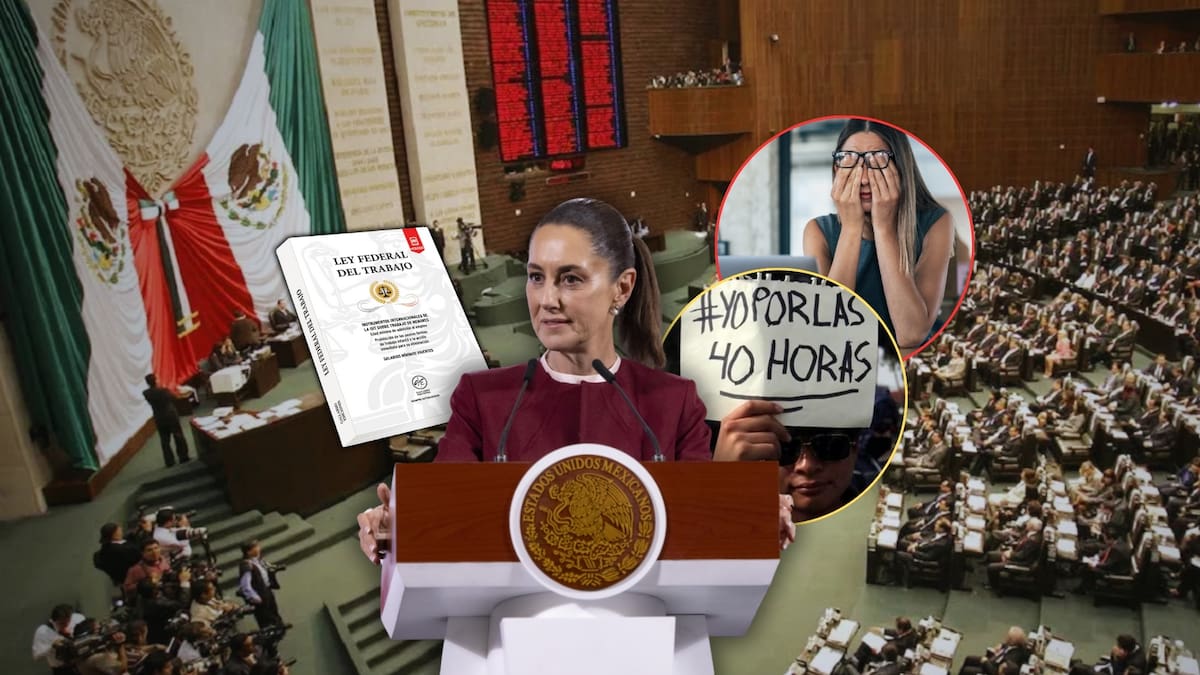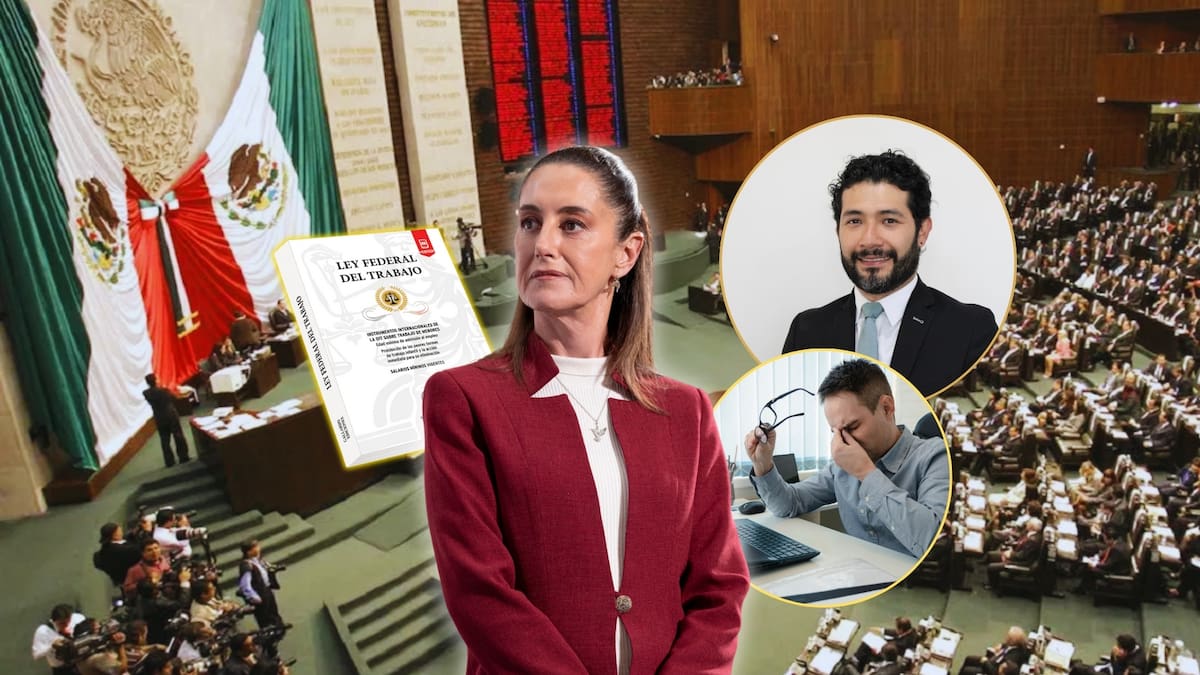The Mexican government began the transition to reduce the working week to 40 hours, a measure that will be implemented gradually until 2030.
The announcement of the change to the Federal Labor Law was made official on May 1, 2025, International Labor Day, by the Secretary of Labor and Social Welfare, Marath Bolaños, who stated that this action responds to a historical demand and is part of President Claudia Sheinbaum Pardo’s 100 commitments.
When did the process begin?
The starting point was set on May 1, 2025, when the Ministry of Labor confirmed that the reform will be implemented gradually, with the goal of ensuring that the entire working population in the country has a 40-hour workweek by 2030 at the latest.
How will this reform be implemented?
Secretary Marath Bolaños explained that a national social dialogue will be held between June 2 and July 7, 2025, through forums organized in different cities across the country. Workers, business leaders, academics, and civil society will participate, aiming to develop a proposal that will allow for an orderly transition to the new labor structure.
Starting July 2 and 7 of this year, we will discuss in a series of forums that the Ministry of Labor will organize in various cities across the country, to develop a proposal for how we will gradually and gradually move toward a 40-hour workweek,” Bolaños stated.
What changes does the reduction to 40 hours entail?
According to the Ministry of Labor, the main changes are:
Maximum workweek of 40 hours.
Two mandatory days off for every five worked.
No salary reduction.
Adaption phase based on the size of the company.
What will the adaptation phase be like?
It is proposed that the change will occur according to the capacity of each company:
Large companies: 6 months.
Medium-sized companies: 1.5 years.
Small companies: 2 years.
Microenterprises: up to 3.5 years.
In addition, the creation of a temporary subsidy system for MSMEs, which will be coordinated by the Ministry, is being considered. Ministry of Finance.
To whom will the new workday apply?
The government’s goal is for the new system to benefit all workers, regardless of sector or type of company, under a principle of widespread labor welfare.
The Secretary mentioned that agreements will be sought to guarantee the inclusion of all sectors.
To whom will the reform not apply?
The reform will not affect those employees who already work 5 days or less with 8-hour workdays (or less). These employees already meet the maximum hours established by the new law, so their rest days will not change.
That is, those who already work 40 hours or less will not see any changes to their work schedule.
Why reduce the workday in Mexico?
According to data from the Organization for Economic Cooperation and Development (OECD), Mexico is one of the countries with the highest number of workers. On average, a Mexican worker works 2,207 hours per year, more than in countries like South Korea or Japan.
Furthermore, it is estimated that 45.3% of workers have weekly workweeks between 41 and 50 hours. These figures have prompted discussion about the need to balance work and personal life.

What is the current status of the proposal?
The original proposal was presented by Representative Susana Prieto in 2022. It was approved in committees in April 2023, but did not reach the plenary due to a lack of consensus. In February 2024, Prieto disassociated herself from the Morena parliamentary group, pointing out the failure to implement this reform.
In 2025, the federal government relaunched the initiative with a gradual approach, seeking voluntary agreements with the business sector to achieve full implementation in the next five years.
What benefits could working 40 hours have?
Various studies point to potential advantages for health and the work environment, such as:
Reduced stress.
Improved mental health.
Fewer workplace accidents.
Increased productivity.
More time for personal and family life.
What challenges does this reform face?
Although the proposal has been well received by broad sectors, there are also challenges:
Increase in labor costs of up to 17%.
Economic impact on small and medium-sized businesses.
Possible increase in the prices of goods and services if production margins are not adjusted.
The implementation of this reform will depend on the outcome of the consultation forums and the agreements reached with the different sectors. The goal is to build an orderly transition to a new labor model in Mexico.

Source: elimparcial




